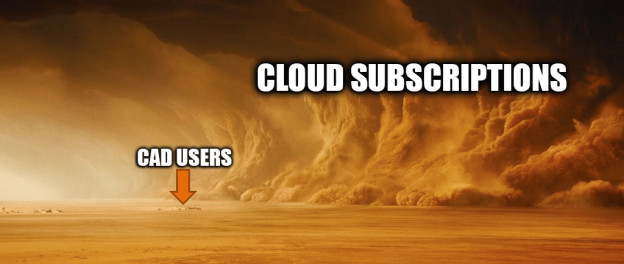Collaboration is vital to any engineering process, but the actual mechanics of such collaboration can vary widely both in theory and in practice. Not helping at all is the fact that the term itself has been long hijacked as a piece of technical vocabulary, serving to push new products and features in a protracted marketing war including PDM, PLM, ERP, and ECM, and now CAD. When we throw “real time” in there, confusion mounts as to what exactly that is supposed to imply. More specifically what does that mean for engineering? Do engineers want it? Will it work? Morpheus might say that collaboration is everywhere. It is all around us, even now in this very room. You can see it when you look out your window or when you turn on your television. You can feel it when you go to work, when you go to church, when you pay your taxes. For purely creative and/or artistic ventures collaboration can be organic, boundless. For engineering however, collaboration must necessarily be coupled with a critically important concept: change management.








